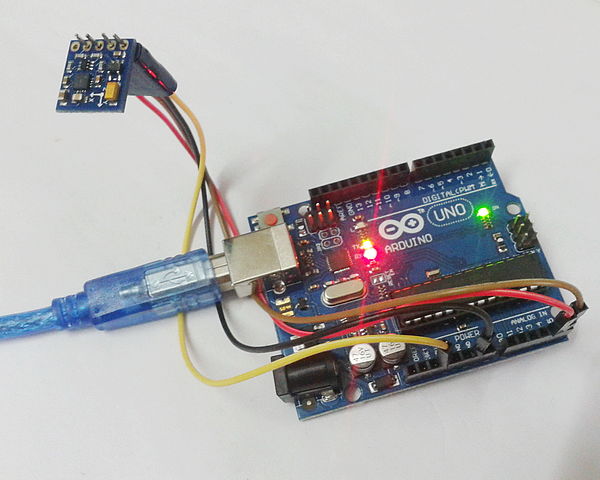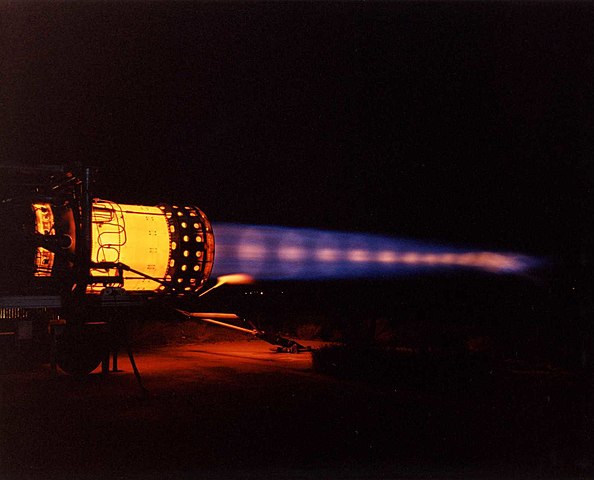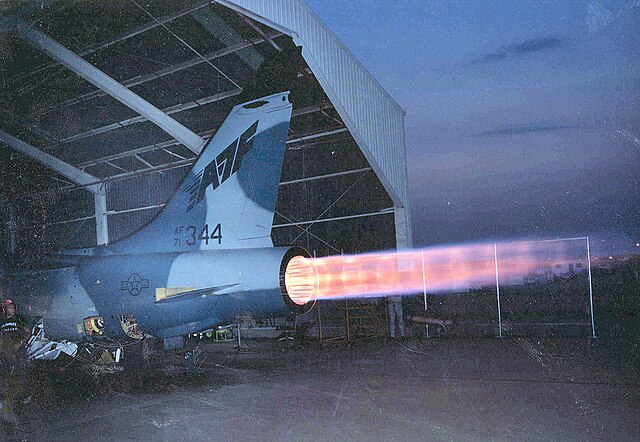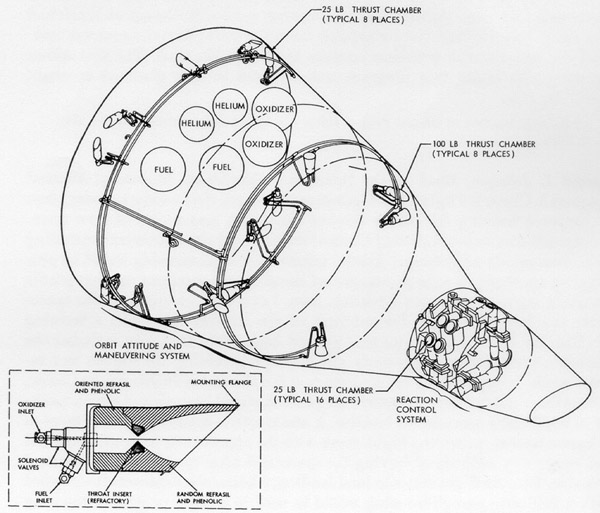We just learned about the
Star Tracker.
Another part of rocket navigation systems is the
Gyroscope.
Gyroscopes are sort of like a spinning top, with a few other circles on them.
The top is a circle shaped disc spinning around sideways, with a post in the middle, like an anchor for it.
There are usually three circle shaped frames, called "gimbals" around the spinning top.
On the very inside there is a circle holding on to the post for the top. This is the "inner gimbal".
Another circle is hooked onto that inner gimbal, and that is called the "outer gimbal".
The one on the outside of the outer gimbal is called the "outer ring".
If the disc in the middle is spinning, and you move the outer ring around, the inner gimbal and outer gimbal will move up, down or sideways, and the disc will stay straight up and spinning.
This might seem like magic, but really it's the same kind of science that keeps a toy top spinning on the ground, or helps you ride a bike.
The fancy name for it is "angular momentum", but it really just means a spinning wheel doesn't like to fall over, so for a gyroscope it makes the inner and outer gimbal move instead of falling over when you move the outer ring.
Rocket scientists figured out that if you hook the outer ring up to sensors in the rocket, you can tell when the rocket is tilting, and they can hook up the nozzle to a gyroscope to use the gimbaled thrust we learned about and steer the rocket back on course!
The science behind gyroscopes was discovered hundreds of years ago, and used to help steer ships on the water.
These days gyroscopes are even used in video games and cell phones, to tell the phone when it is being tilted!
The ones inside phones aren't spinning wheels though, they are microscopic sensors that move around when you move your phone.




(from: wikipedia -
gyroscope)
Kid Facts - Blast from the past: Earthquakes































